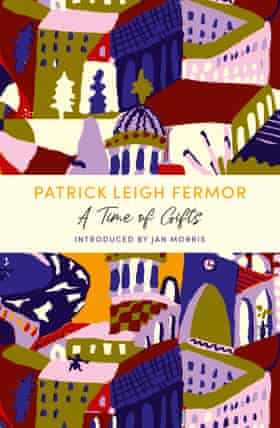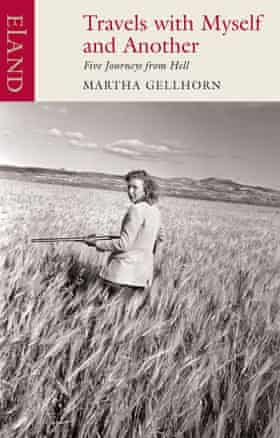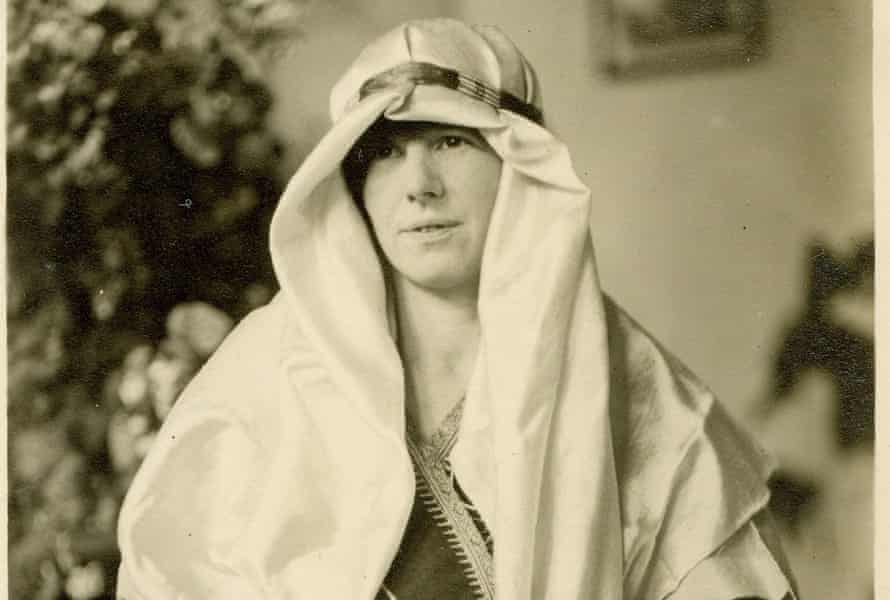Some will go on a “great trudge” from the Hook of Holland to Istanbul. Others will explore the canyonlands of Utah or the mountains of Iran. But there is one idiosyncrasy they will all share: none of them are going to leave the comfort of their armchairs.
The UK’s travel restrictions have triggered a resurgence of interest in classic travel literature from so-called armchair travellers, booksellers and publishers say. Sales of new travel books about far-flung adventures and epic journeys are so strong that publishing houses are delving into their back lists to find classic titles they can reissue while the demand is high.
A longing to escape the UK and travel around the world by any possible means – including the imagination – is driving a change in reading habits, according to industry experts, offering salvation for travel publishers. As sales of guides plummeted during lockdown, interest in non-fiction travel narratives and memoirs soared.

“In the last decade or so travel writing saw a bit of a decline,” said Kate Craigie, a senior editor at publishers John Murray. “I think because people were just able to go to places, there was perhaps less of a demand to read other people’s journeys. But now we all find ourselves in a position where the only way to travel is to do that classic armchair travelling that readers used to do.”
John Murray is attempting to capitalise on the trend, republishing five out-of-print travel books this week. One is Patrick Leigh Fermor’s classic, A Time of Gifts. Aged 18, Fermor – once described as “a cross between Indiana Jones, James Bond and Graham Greene” – famously packed a few clothes, the Oxford Book of English Verse and a volume of Horace’s Odes and embarked on what he called his “great trudge”: a journey across Europe on foot in 1933.
Initially, he slept in barns and shepherds’ huts, but after a serendipitous encounter, he started staying in castles and country houses, socialising with a dying breed of landed gentry and aristocracy. “He experiences a Europe that had disappeared by the end of the decade, due to the rise of fascism, and captures it really well,” said Craigie. “It is the kind of book that, if you read it at the right moment, it could just change your life.”
She believes the beauty of Fermor’s writing – and the mesmerising quality of classic narrative travel writing in general – is one reason these books have so much appeal right now. “A good travel narrative can feel as gripping and be as eloquent and beautifully written as a novel, and when you read these historical travel journeys you are being transported to a different time, a different place and a different way of seeing the world,” she said. “So it can feel as immersive as fiction.”

Bookshops have noticed the increase in demand and are doubling their orders of classic travel titles to keep up, according to Barnaby Rogerson of Eland, a specialist publisher of classic travel literature. “Whenever we release a book, we’re getting twice the number of advance orders I would have expected,” he said. “My feeling is that readers of travel writing have doubled their consumption.” The hunger for travel narratives today replicates how readers behaved in the 1950s, when many people who had fought in the war could not afford to travel abroad. “You had this population who had seen and known the world, but all they could do was read,” Rogerson said.
He thinks readers who buy classic travel books often do so to learn more about the countries they have already visited, and refresh their memories about the sights and sounds they experienced. “Due to Covid, people have had enough time to look back over their digital photo albums and are in a reflective mood.” They are reading to “deepen their experience of a culture they once tasted”.
Popular Eland titles include the 1978 classic Travels with Myself and Another, by Martha Gellhorn – a darkly comic book about “five journeys from hell” – and Lighthouse by Tony Parker. “That was a very, very slow selling book, written in the 1950s, about lighthouse keepers in the British Isles. Then we suddenly had a mad surge for it … we had to hurry to reprint it as we ran out of stock,” said Rogerson.

At Hewson Books, an independent bookshop in south-west London, owner Adam Hewson has noticed young families who would normally be thinking about taking a holiday now are buying narrative travel books instead. “Travel writing always gives you a sense of another place. I think they are trying to escape.”
Top sellers include modern titles such as A Beer in the Loire and Slow Road to San Francisco, but he is also expecting the new John Murray reprint of A Time of Gifts to prove popular. “Fermor’s got quite a magic to his writing and right now, that journey across Europe, that sort of excitement in travel and doing something a little bit different, is very popular,” said Hewson.
Classic female travel writers are also having a heyday. Hewson says Full Tilt: Ireland to India With a Bicycle by Dervla Murphy is one of the top travel classics sold at his shop, while Craigie expects The Valleys of the Assassins by Freya Stark will have a wide appeal when it is released on Thursday. First published by John Murray in 1934, it chronicles Stark’s adventures in Iran in the 1930s. “She’s this remarkable woman, who just sets off on her own into places that women didn’t travel alone and literally draws maps along the way,” said Craigie.





